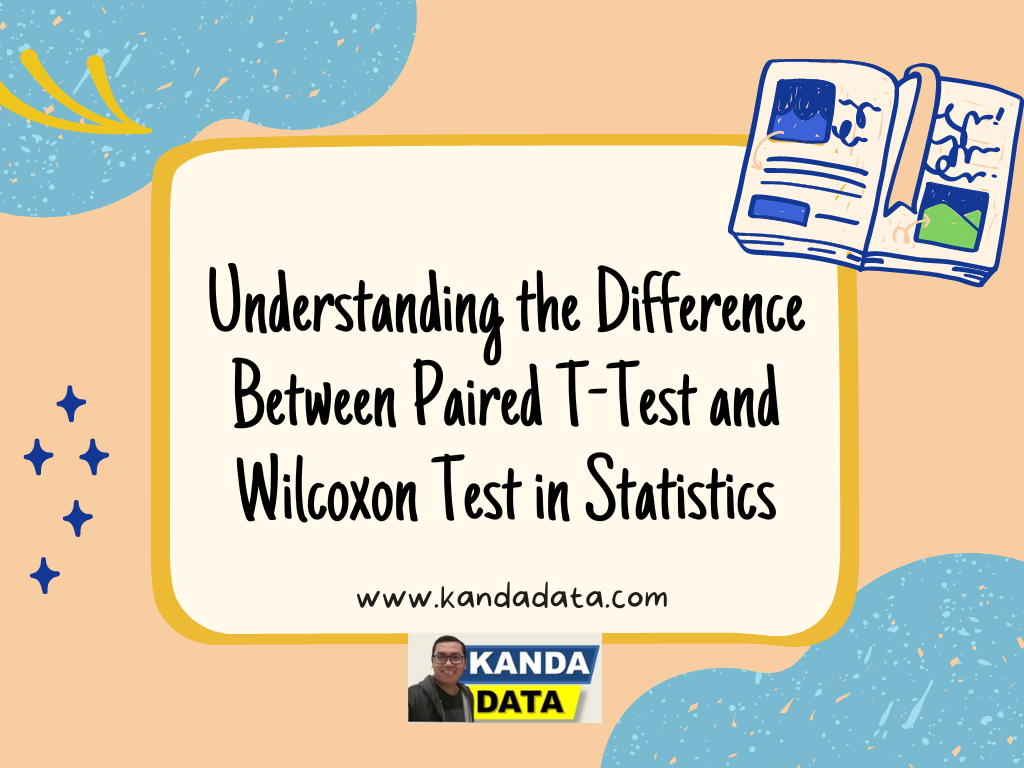Month: March 2024
The Difference Between Simultaneous Equation System Model and Linear Regression Equation
We might all be familiar with linear regression equations, but how many of us have delved deeper into the simultaneous equation system model? It’s worth noting that the simultaneous equation system model is far more complex than linear regression equations.
Understanding the Importance of the Coefficient of Determination in Linear Regression Analysis
In linear regression analysis, one important parameter often encountered is the coefficient of determination. The value of this coefficient provides an indication of how well the linear regression model can explain the variation in the data.
Understanding the Essence of the Difference Between Descriptive Statistics and Inferential Statistics in Research
In conducting research, understanding the basic theory of statistics becomes crucial for researchers. Why is this so important? Because to extract accurate conclusions from research data, careful analysis using statistical tools is needed.
Understanding the Essence of Assumption Testing in Linear Regression Analysis: Prominent Differences between Cross-Sectional Data and Time Series Data
Linear regression analysis has become one of the primary tools for researchers to explore the influence of independent variables on dependent variables. The Ordinary Least Squares (OLS) method has been a mainstay in conducting this linear regression analysis.
Understanding the Difference Between Paired T-Test and Wilcoxon Test in Statistics
In the realm of statistics, associative tests play a crucial role in examining differences, relationships, and influences between variables. One common form of associative test is the test for differences, which aims to compare the means of two or more sample groups.
The data that cannot be transformed using natural logarithm (Ln)
In quantitative data analysis, to ensure unbiased and consistent estimations, it’s important to meet several assumptions required in the conducted tests. However, sometimes, the test results may not meet the desired expectations.
Calculation Method of Net Present Value (NPV) in Project Feasibility Studies
One of the indicators to evaluate the profit potential of an investment project is Net Present Value (NPV). The calculation of NPV forms a strong foundation in project feasibility analysis, enabling business owners to determine whether a project is feasible to pursue or not.






